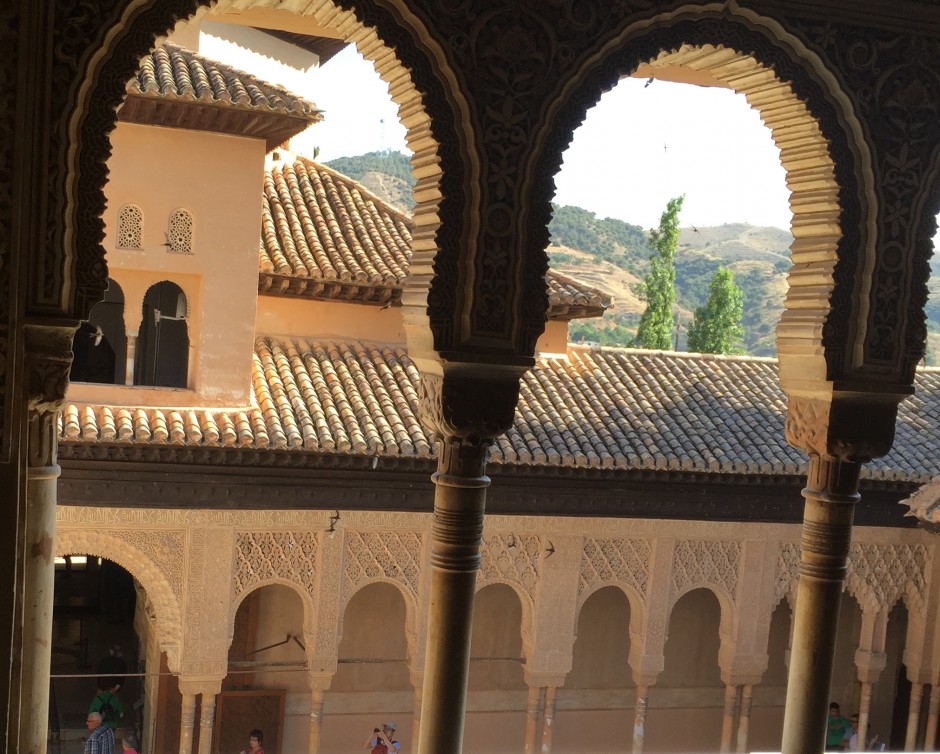The underlying significance of Nasrid architecture in the Alhambra and the Christian expulsion of the Jews from the Iberian Peninsula are two widely contrasted topics. One of the hand La Alhambra serves as a physical symbol of Muslim openness and acceptance towards Jews and Christians as “Peoples of the Book” and therefore members of the Muslim ruled lands. On the other hand, edicts and documents such as the Charter of Expulsion and the Jewish Account of the Expulsion serve as evidence of the broken and damaged trust that existed among the three faiths, especially Jews and Christians. In the Charter of Expulsion, dated March 31, 1492, the Jews of Spain were accused of intentionally subverting the Catholic faith of many Christians by practicing their own religion, and were therefore seen as a force of contamination trying to undermine Ferdinand’s and Isabel’s Catholic unified empire. ”Christians have engaged in and continue to have with Jews, who, it seems, seek always and by whatever means and ways they can to subvert and to steal faithful Christians from our holy Catholic faith” (Constable 510). To cure the empire of this subversion and sickness the Jews of Spain would have to leave under penalty of death, “having deliberation about this matter, we resolve to order the said Jews and Jewesses of our kingdoms to depart and never to return or come back to them or to any of them” (Constable 511).
Perhaps what is more so disturbing is the poem written by Judah Abravanel to his son Isaac. This is a personal account of a father that was tragically affected by the Royal Monarchy’s decree. Judah Abravanel was so proud of his family’s Jewish faith that it personally hurt inside when he learned that his son Isaac was forcibly baptized in Portugal. He could not believe that the Jewish boy he worked so hard to raise was to be converted and taught Christian values and ways of life. “The day the King of Spain expelled the Jews he ordered that a watch be set for me so that Is not slip away through mountain passes , and that my child, still nursing, should be seized and brought into his faith on his behalf” (Constable 518).
We can contrast this loss of trust among these two very important religions, as witnessed in the two aforementioned documents, with a time when trust did exist between two other great religions. In the section entitled Origins of the Alhambra of in Puerta Vílchez’s book, we learn that between the years 1052 and 1056 it was a Jewish vizier Samuel Ibn al-Nagrila, a scholar and secretary to the Muslim Zirids, who had a fortress built for King Badis ben Habus, a Muslim Beber king and founder of the Alhambra (Puerta Vílchez 24). It is a shame to see that in the roughly 450 years following the creation of Alhambra the mutual confidence that could exist between two religions as it did here eventually disappeared.
